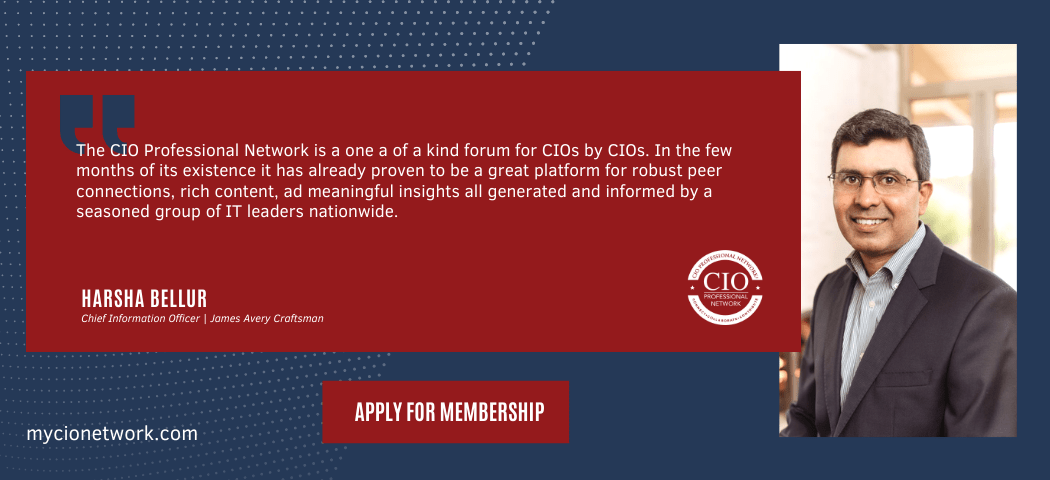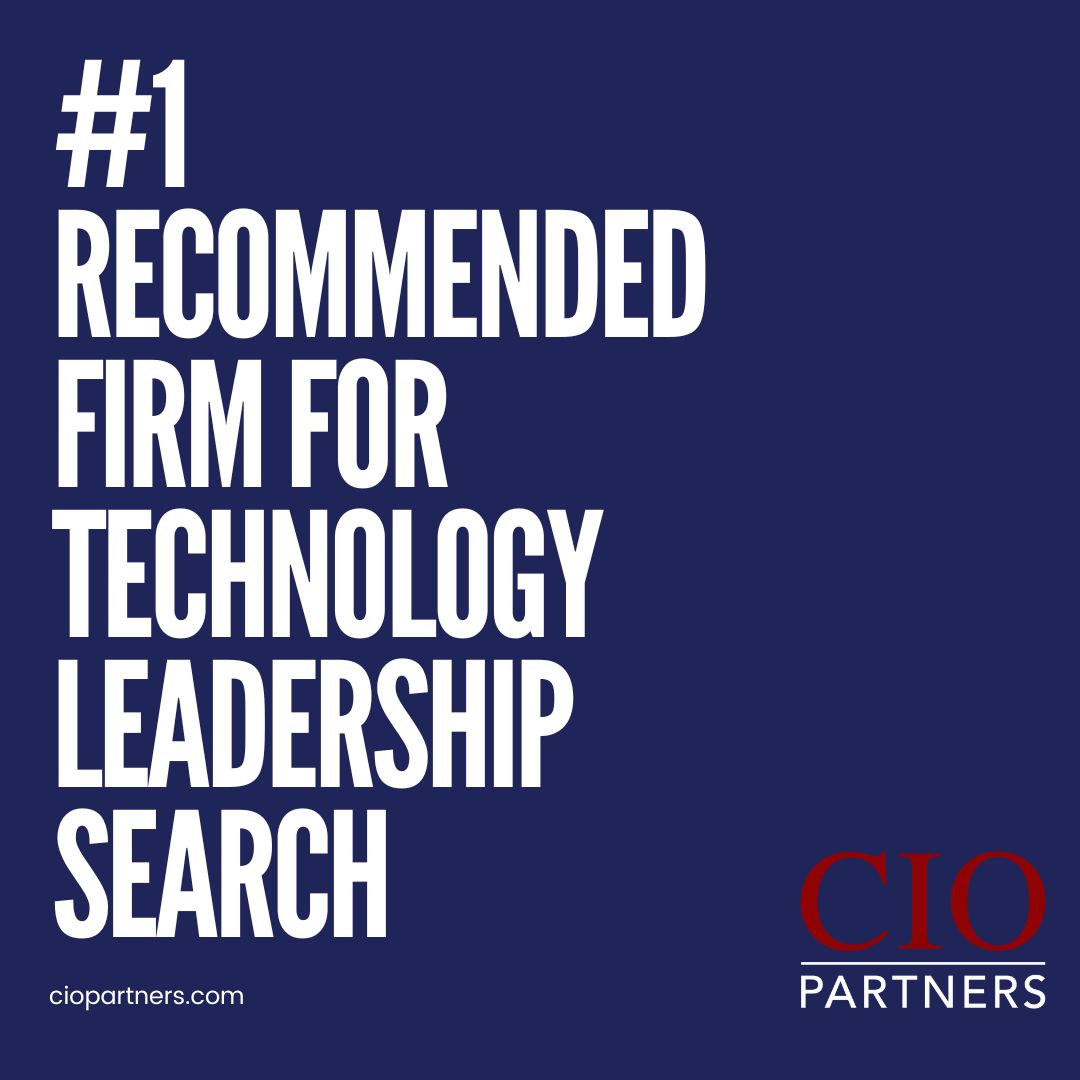Global demand for data center capacity is expected to triple by 2030, according to McKinsey’s Technology Trends Outlook 2025. This explosive growth, driven largely by AI workloads, is exposing the limitations of traditional cloud infrastructure.
CIOs and CTOs have long viewed the cloud as a force multiplier, offering scale, flexibility, and speed.
But as AI becomes central to business operations rather than a side project, centralized models are showing signs of strain. Power constraints, rising costs, and growing regulatory demands are pushing organizations to rethink how and where they run compute.
In response, a new architecture is emerging, one that combines cloud, edge, and sovereign infrastructure to meet the performance, compliance, and scalability demands of this next era.
Cloud Constraints Are Here
AI workloads are becoming foundational to product development, customer experience, and enterprise operations. As McKinsey reports, global demand for data center capacity is expected to triple by 2030. This surge is creating real constraints in power, cooling, and availability.
This creates a dual challenge: escalating costs, particularly for GPU-accelerated training and inference, and growing operational risk tied to reliance on centralized infrastructure already near capacity.
Edge Moves from Niche to Necessity
Edge computing, once a niche concept, is becoming a practical necessity. Organizations are deploying workloads closer to where data is generated in order to reduce latency, lower bandwidth costs, and increase resilience.
According to McKinsey, companies are now distributing AI training and inference across clusters, including edge environments, to reduce pressure on core infrastructure. Smaller, more efficient AI models are also allowing inference to take place on consumer-grade devices and local nodes, further reducing dependence on centralized compute.
In sectors like manufacturing, retail, and logistics, edge deployments are enabling real-time analytics and automation closer to the source of data, reducing reliance on overburdened central systems.
Sovereign Cloud Gains Momentum
Sovereign cloud is no longer limited to the public sector or highly regulated enterprises. As governments strengthen data residency rules and geopolitical uncertainty grows, organizations are reassessing where their data lives and who controls access.
McKinsey highlights several examples.
Oracle has expanded its EU Sovereign Cloud to help companies meet data protection laws across Europe.
SAP’s Delos Cloud, built in partnership with Microsoft and Arvato Systems, is enabling German public sector agencies to distribute workloads securely within national borders.
These shifts are driving new architectural patterns that prioritize localization, auditability, and vendor diversification.
New Cloud Players Gain Ground
The report also spotlights a growing field of specialized infrastructure providers. CoreWeave, for example, has quickly become a key player in GPU-accelerated cloud services, offering tailored solutions for AI training and inference. With backing from Nvidia and a focus on performance and flexibility, firms like CoreWeave are providing real alternatives to the dominant hyperscalers.
Other niche players like Lambda and Voltage Park are also building momentum by offering dedicated AI infrastructure optimized for performance and cost efficiency.
These emerging providers offer new opportunities to align infrastructure with workload-specific performance needs and cost structures.
How CIOs Can Respond
The architecture of enterprise infrastructure is shifting. Leaders evaluating long-term plans for cloud, AI, and data strategy should consider the following:
- Map workload placement. Identify where high-performance AI tasks run today and whether costs and performance align with business needs
- Assess regulatory risk. Evaluate sovereign cloud and regional data control options, even if regulations are not yet active
- Explore edge architecture. Consider local compute for latency-sensitive or real-time applications
- Track vendor innovation. Stay informed on emerging cloud providers offering workload-specific advantages
The Wrap
The rise of artificial intelligence is not only driving unprecedented demand for compute but also changing the very architecture needed to support innovation, resilience, and compliance. McKinsey’s 2025 Technology Trends Outlook captures the shift in enterprise infrastructure strategy.
Cloud computing continues to play a central role, but it can no longer carry the weight of enterprise demands on its own.
Constraints around power, cost, and data sovereignty are pushing organizations to explore new approaches. Edge computing is enabling faster, more localized processing. Sovereign cloud is redefining data governance and control. And new infrastructure providers are offering viable alternatives to the hyperscalers.
This transformation is already underway.
Some companies are moving quickly to adopt distributed models that improve performance and reduce risk. Others are beginning to assess where their current infrastructure may fall short and what investments are required to keep pace.
Enterprise architecture is entering a new phase built on distribution, specialization, and control. Leaders who act early will be best positioned to scale innovation securely and sustainably.







